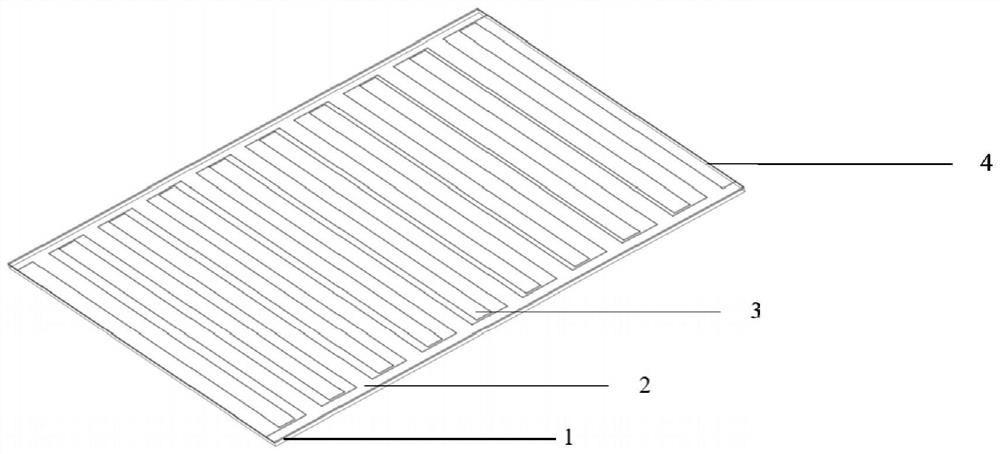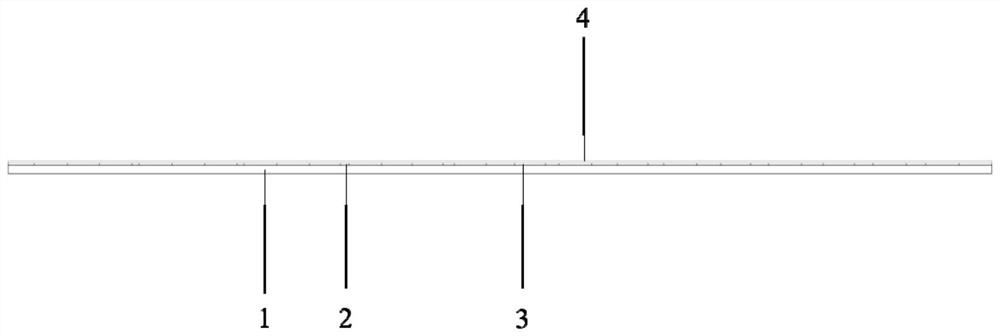Method for manufacturing demisting device by using alternating current electrowetting principle
A defogging device, alternating current technology, which is applied to the device for coating liquid on the surface, ion implantation plating, coating and other directions, can solve the problems of energy consumption, uneven glass surface, increase the risk of traffic accidents, etc. Simple and easy to obtain and simple processing technology
- Summary
- Abstract
- Description
- Claims
- Application Information
AI Technical Summary
Problems solved by technology
Method used
Image
Examples
Embodiment
[0018] Example: The use method of electrowetting defogging glass
[0019] When no fog droplets are generated, the glass is used like normal glass. When water vapor in the air condenses or small water droplets splash onto the glass surface, we need to figure 1 An AC voltage is applied across the two electrodes shown to help the droplets coalesce and thus speed up their detachment. Studies have shown that when droplets condense on the surface of ordinary hydrophobic glass, the droplets will be randomly distributed. As time goes by, some small droplets will gradually coalesce into large droplets, but they will still adhere to the glass surface. When we apply an AC voltage between the two electrodes of the AC wetting and defogging glass, the droplets will coalesce and slide down in a very short time, and then clean up the tiny droplets along the way to achieve anti-atomization. Surface cleaning action. Compared with the traditional electric heating defogging method, alternating...
PUM
| Property | Measurement | Unit |
|---|---|---|
| thickness | aaaaa | aaaaa |
| thickness | aaaaa | aaaaa |
| thickness | aaaaa | aaaaa |
Abstract
Description
Claims
Application Information
 Login to View More
Login to View More - R&D
- Intellectual Property
- Life Sciences
- Materials
- Tech Scout
- Unparalleled Data Quality
- Higher Quality Content
- 60% Fewer Hallucinations
Browse by: Latest US Patents, China's latest patents, Technical Efficacy Thesaurus, Application Domain, Technology Topic, Popular Technical Reports.
© 2025 PatSnap. All rights reserved.Legal|Privacy policy|Modern Slavery Act Transparency Statement|Sitemap|About US| Contact US: help@patsnap.com



